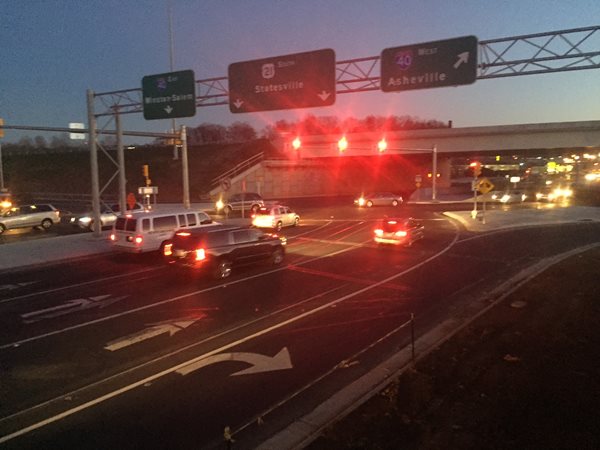 |
While at college in 2000, Gilbert Chlewicki was studying at the University of Maryland. He was required to write a term paper on the topic of transportation. As a young boy, he liked drawing highways and coming up with unique designs. For this particular assignment, his goal was to invent an all new design and write a paper on that design.
Chlewicki was interested in a unique interchange on the northeast side of Baltimore. He made some modifications of his own as he researched many designs. His mentor advised him to name the new creations. His favorite highway design was then named the “diverging diamond interchange.” Upon taking a trip to Spain to visit his sister, he toured Paris, France. While in a tour bus, he took an excursion to the Palace of Versailles. On this tour, the bus traveled onto a diverging diamond design. He was excited to see that it worked but also realized that his concept was already being used. Chlewicki wrote a paper with his three design configurations and presented the paper to the 2nd Urban Street Symposium in Anaheim, CA in 2003. Joe Bared from the Federal Highway Administration was impressed. Many studies through research were conducted and the first appearance of the Diverging Diamond Interchange was constructed in Springfield, Missouri in 2009. Since then, the design has grown in popularity and more have spread across the United States with more being currently under construction today.
With today’s growing population on our highways, we face increased congestion with the result being delays and heightened risk. Heavy traffic demands lead to safety problems and therefore engineers have adopted and continue to seek solutions for traffic issues.
The main elements of the Double Crossover Diamond Interchange (DCD) are as follows:
Left-turn and through movements are relocated to the opposite side of the road on the bridge structure.
Median width is increased to allow for the flaring required for reverse curves on the interchange approaches.
The skew angle between the intersecting directions is closer to perpendicular when possible.
Median openings are placed upstream of the interchange to allow U-turn movements on the arterial roadway.
Pedestrian crossings are accommodated by installing crosswalks and signalization at the junctions or nodes of the interchange.
The advantages of utilizing this design instead of the typical interchange allows for traffic operation benefits. Some features of benefits would include: safety, reduced congestion, right of way and lower cost.